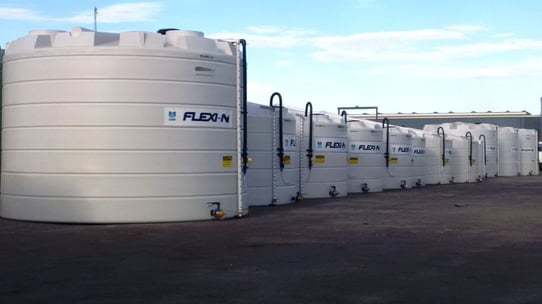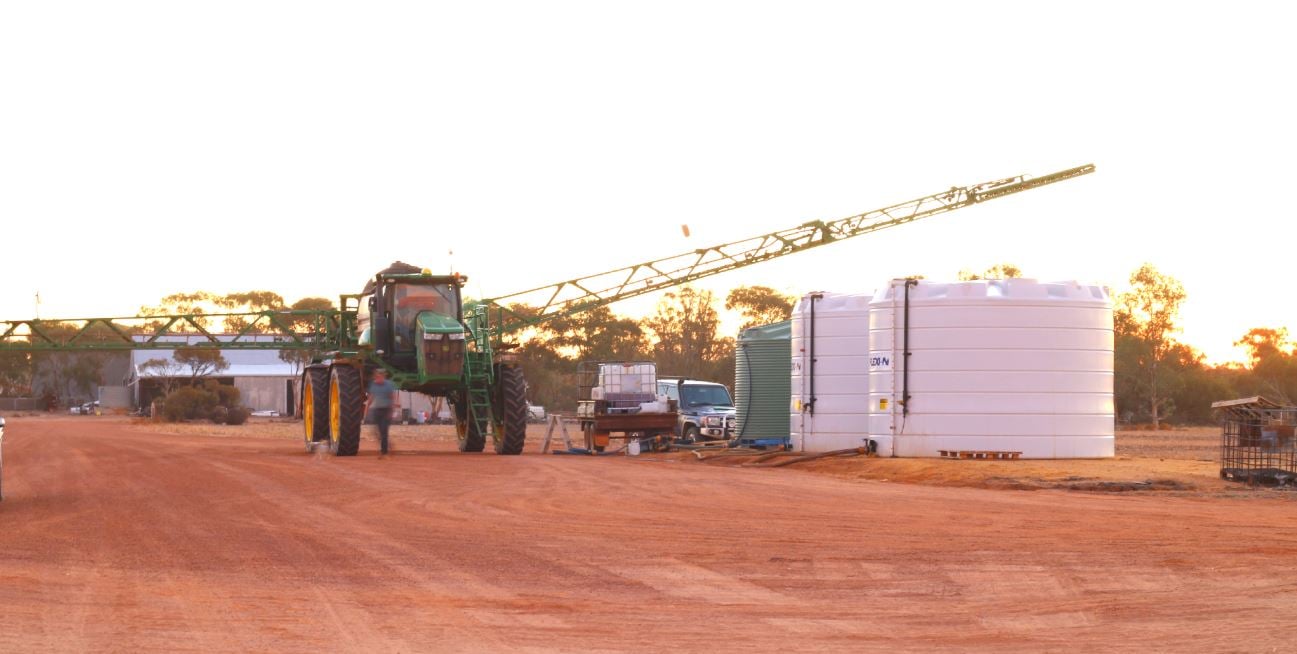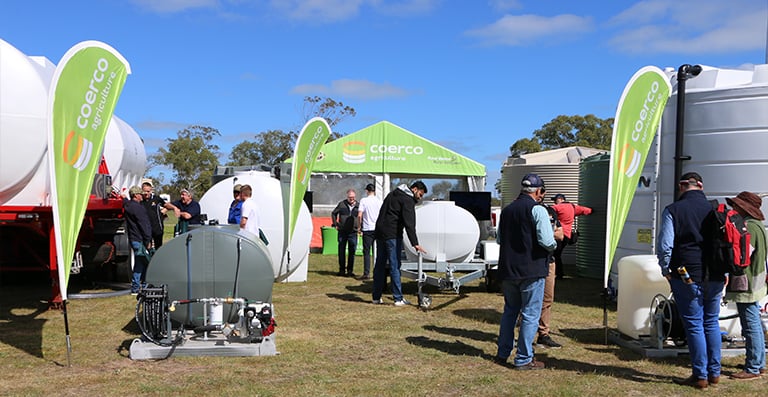Determining the right broadacre liquid fertiliser product, ratio, application timing, and equipment are one thing; the complexity of manufacturing liquid fertilisers and getting them to farmers is another.
The latter presents a range of logistical challenges that involves many stakeholders from producers, to suppliers, to distributors with processes that have to be timely, so they arrive on farms before cropping programs begin.
But before you get your liquid fertiliser to storage, what happens behind the scenes? Will it affect your capacity to get your requirements?
The Value Chain of Liquid Fertiliser
1. Assembly of raw materials
The first part in the fertiliser supply chain is the procurement of vital raw materials needed for manufacture. Typically, major liquid fertiliser companies in Australia use substances from nitrogen, phosphorous, and potassium in the making of their liquid fertilisers.
Nitrogen, considered the most important ingredient in fertiliser, has a significant contribution to make in the formation of protein in plants. It exists in different forms, namely: nitrate, ammonium, and urea.
Phosphorous, which is derived from phosphate rock, contributes to photosynthesis, among other things.
Potassium, which has to be mined, contributes to the disease-fighting abilities of plants while strengthening their roots.
The basic raw materials are handled in processing plants before they are shipped for liquid fertiliser manufacture.
Where do liquid fertiliser raw materials come from?
Among the world’s popular producers of nitrogen is Russia, India, and China.
The production of phosphates (where phosphorous is derived from) is so energy-intensive that even though phosphate rock is found in other countries, only a few can produce it for fertiliser. These are China, Russia, the United States, Tunisia, India, Canada, and Brazil.
Potassium is mined in Belarus, Canada, Germany, and Russia.
2. Manufacturing facility
The raw materials above are mixed and engineered by manufacturers into viable plant supplements.
CSBP’s Flexi-N liquid fertilisers contain all three forms of nitrogen (nitrate, ammonium, and urea). Flexi-NK is a combination of nitrogen (in urea form) and potassium (in chloride form). Flexi-NP contains nitrogen and phosphorous in polyphosphate form.
Summit Fertilizers utilises a combination of ammonium, nitrate, and urea (all sources of nitrogen) for their Summit UAN range, and nitrogen plus sulphur for their MAXamFLO product.
Whitfert also has a Liquid UAN range plus a Liquid NS (nitrate and sulphur) variety while Bulk N liquid fertiliser from Landmark, now Nutrient Ag Solutions, also utilises nitrogen in their products. 
CSBP's Flexi-N mark on Coerco liquid fertiliser storage tank signifying compatibility.
3. Shipment and storage
Once the finished products pass quality standards, they are shipped/transported to storage terminals in preparation for orders.
Recently, CSBP announced a spike in demand for their liquid fertilisers in their 2020 Product Availability Update. Whereas they don’t expect this to affect supply for the upcoming seeding season, products become unavailable between imports due to some farmers making purchases way ahead of schedule. However, CSBP has emphasized that this is more of a “timing of demand issue” rather than a “supply or capacity issue”.
4. Distribution network
This part of the supply chain is a step closer to the end-user: farmers. Major liquid fertiliser suppliers, CSBP, work with Elders, Primaries as well as independents agents while Summit Fertilizers have several depots across the state.
Bulk fertiliser contractors also function as part of the distribution network, delivering huge loads of liquid fertilisers direct to farms.
5. Storage on farms
Now we get to the end user: you. Note that when liquid fertiliser despatch arrive on your farms, its safe and careful handling should continue.
Since the specific gravity of liquid fertiliser differs from water, then you need stable and reliable storage and transport tanks designed specifically to hold the weight. Additionally, tanks must be compatible to the corrosive nature of many fertilisers.
According to GRDC, “Ammonium Nitrate and Ammonium Sulphate are the most aggressive and will destroy copper, brass, bronze, galvanising and carbon steel”. Urea, widely used in many nitrogen-based liquid fertiliser, is also corrosive.
Storage tanks made from polyethylene resist rust and are highly
recommended for liquid fertiliser storage.
Now that we have come to the end of the supply chain, let’s go back to the question of whether or not it will affect your capacity to get the requirements you need.
The answer to this will lie heavily on what goes on in the supply chain discussed above, and of the following related points:
- When factors like geography, global markets, politics, transport logistics, and energy costs come into play, they impact product cost and supply.
- The raw materials mentioned thus far have alternative uses unrelated to farming. Industries competing for the same raw materials in different parts of the world could affect the value chain, increasing demand for what is limited supply.
Indeed, the liquid fertiliser supply chain is a long and complex one. The combination of all links ultimately impacts you. Thus, getting an understanding of each and identifying where opportunities lie can give you the insight you need to respond quickly.
With liquid fertiliser’s long shelf life accompanied by a drop in diesel prices, it’s a great time to make orders and ensure you have the right rust-resistant storage and cartage tanks.
Related articles:
Are Poly Liquid Fertiliser Tanks Ideal for Liquid Fertiliser Long-term Storage?
All About Liquid Fertiliser Tanks and Liquid Fertiliser Weight
Liquid Fertiliser Tanks: Parts that Guarantee Operational Effectiveness (A Checklist)
Things to Do to Avoid a Catastrophic Liquid Fertiliser Storage Tank Failure









What do you think about this post?
Comments